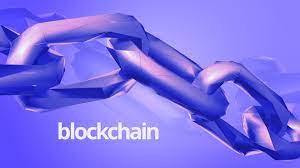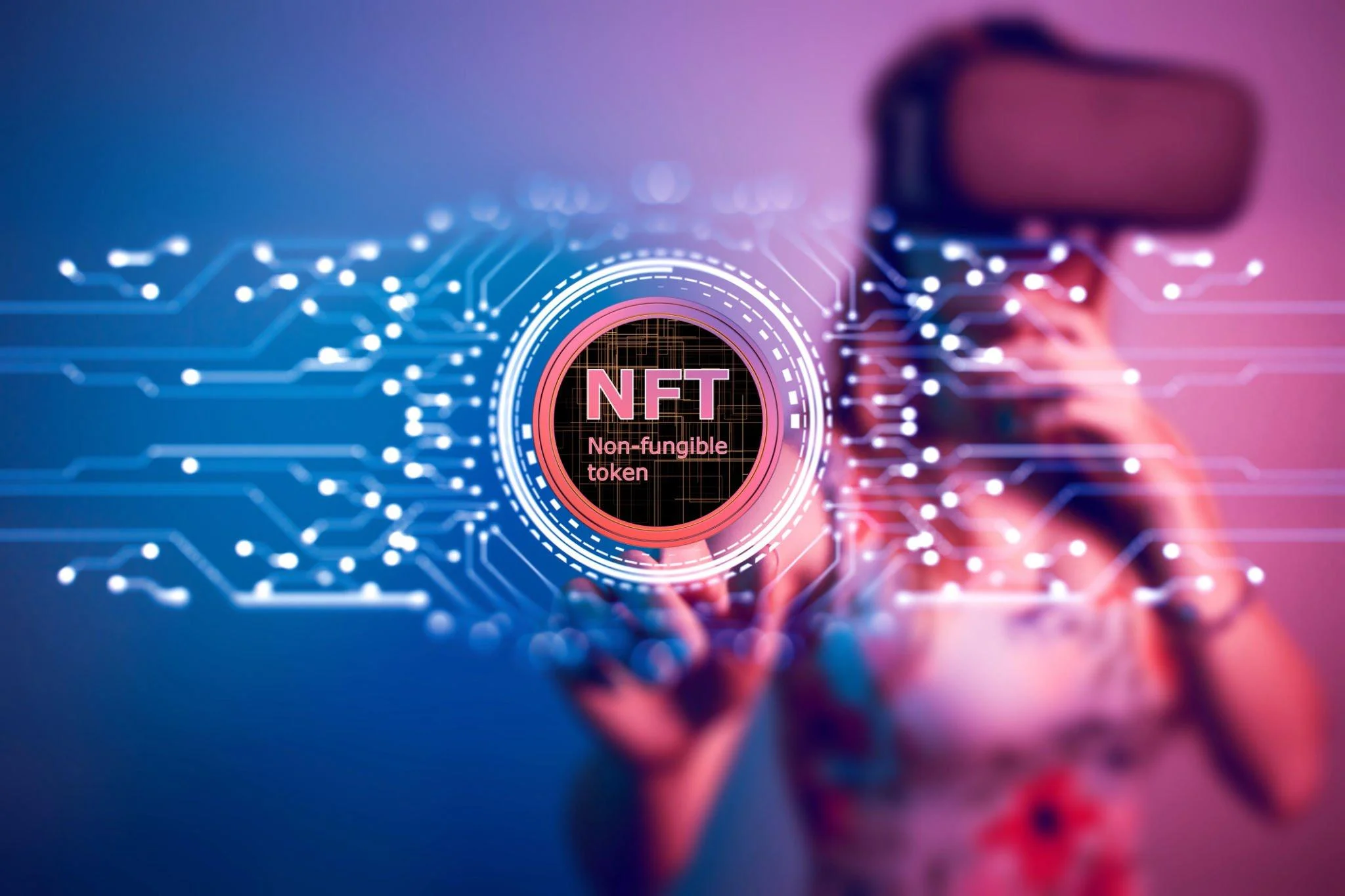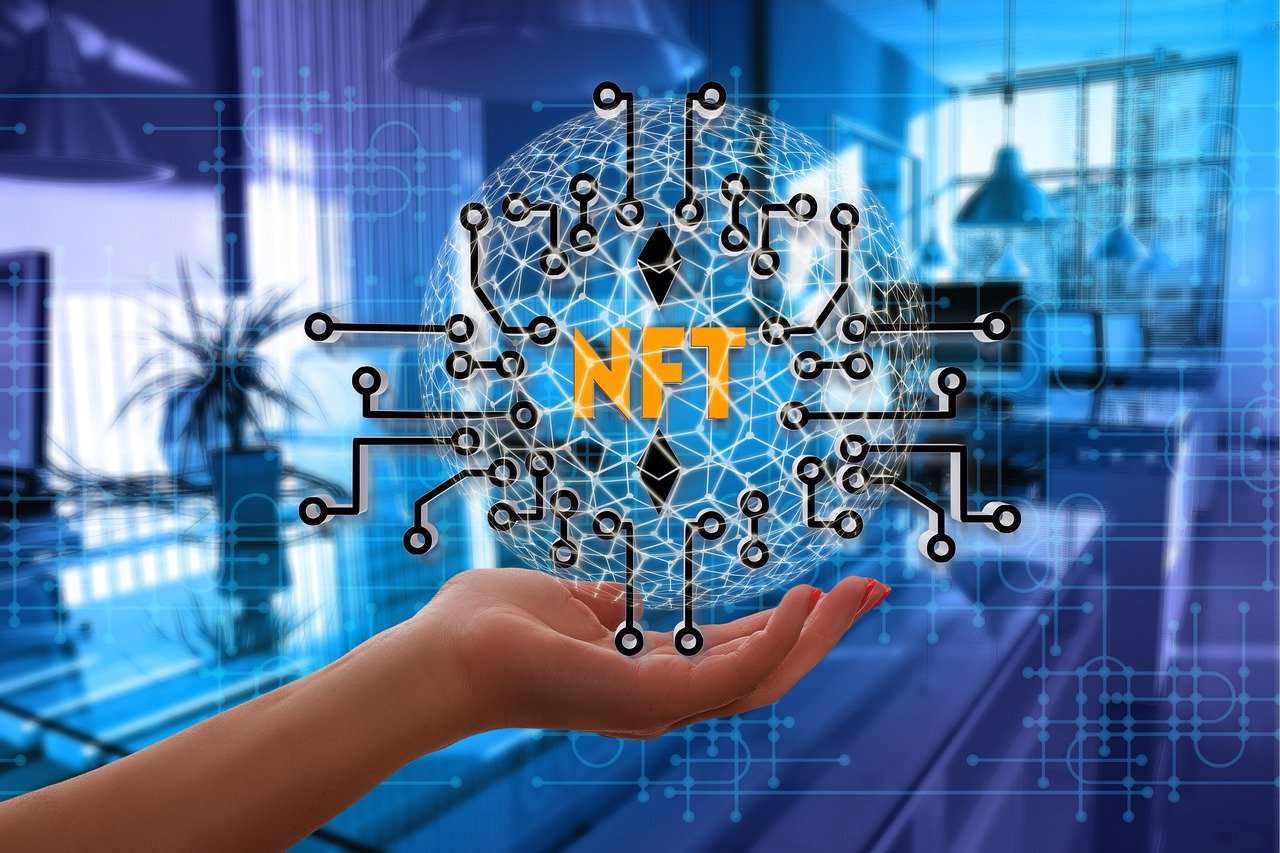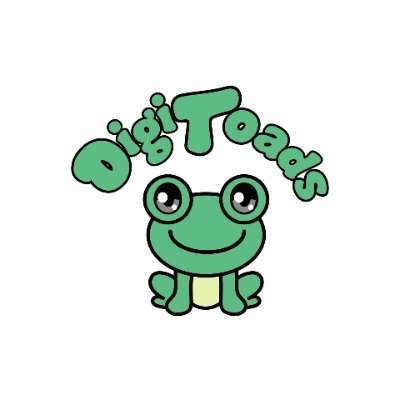
What is blockchain technology?
blockchain is a digital technology that allows multiple parties to create, share, and manage a decentralized and secure digital ledger of transactions. It consists of a network of computers, or “nodes,” that work together to validate and record transactions on the ledger in a transparent and secure manner.
A key feature of blockchain technology is that it allows transactions to be recorded and verified in a decentralized way, without the need for a central authority or intermediary. This means that transactions can be recorded and verified by multiple parties, rather than being controlled by a single entity.
In addition, blockchain technology uses complex cryptographic techniques to secure the integrity of the ledger and prevent tampering or fraud. This makes it a highly secure and reliable way to record and manage transactions.
There are many potential applications for blockchain technology, including financial transactions, supply chain management, voting systems, and many others. It has the potential to revolutionize the way that transactions are recorded and verified, and has already been adopted by a number of industries and organizations around the world.
How does blockchain technology works?
Blockchain technology works by allowing multiple parties to create, share, and manage a decentralized and secure digital ledger of transactions. Here is a brief overview of how it works:
- Transactions are initiated: When a transaction is initiated, it is broadcast to the network of computers, or “nodes,” that make up the blockchain.
- Transactions are validated: The nodes on the network verify the transaction to ensure that it is valid and complies with the rules of the blockchain. This typically involves checking that the parties involved in the transaction have the necessary permissions and assets to complete the transaction.
- Transactions are recorded: If the transaction is deemed valid, it is added to the digital ledger as a “block” of data. Each block contains a record of multiple transactions, and is linked to the previous block in the ledger, creating a chain of blocks.
- Transactions are secured: The integrity of the ledger is secured using complex cryptographic techniques that make it nearly impossible for transactions to be altered or tampered with.
- Transactions are completed: Once the transaction has been recorded on the ledger and secured, it is considered complete. The ledger is updated to reflect the new state of the assets involved in the transaction, and the parties involved in the transaction are notified of its completion.
Overall, the decentralized and secure nature of blockchain technology makes it a reliable and transparent way to record and manage transactions. It has the potential to revolutionize the way that transactions are recorded and verified, and has already been adopted by a number of industries and organizations around the world.
Pros and Cons of blockchain
Blockchain technology has the potential to bring many benefits and advantages, but it also has some potential drawbacks and challenges. Here are a few pros and cons of blockchain:
Pros:
- Decentralization: One of the main advantages of block chain technology is that it allows transactions to be recorded and verified in a decentralized way, without the need for a central authority or intermediary. This can increase transparency and trust, and reduce the risk of fraud or tampering.
- Security: Blockchain technology uses complex cryptographic techniques to secure the integrity of the ledger and prevent tampering or fraud. This makes it a highly secure and reliable way to record and manage transactions.
- Transparency: The decentralized nature of blockchain technology means that transactions are recorded and visible to all parties on the network, which can increase transparency and accountability.
- Efficiency: Blockchain technology has the potential to streamline and automate many processes, which can reduce costs and improve efficiency.
Cons:
- Scalability: One potential challenge with blockchain technology is scalability. As the number of transactions on the network increases, it can become more difficult for the network to process and validate them in a timely manner.
- Complexity: The complexity of block chain technology can also be a challenge. It may be difficult for individuals and organizations to understand and implement block chain solutions, which could limit its adoption.
- Regulation: The decentralized nature of block chain technology means that it is not always subject to the same regulatory oversight as traditional systems. This can be both an advantage and a disadvantage, as it allows for greater flexibility and innovation, but also introduces some uncertainty and risk.
Overall, while block chain technology has the potential to bring many benefits and advantages, it also has some potential drawbacks and challenges. It is important for individuals and organizations to carefully consider these pros and cons when deciding whether to adopt block chain technology.






Leave a Reply